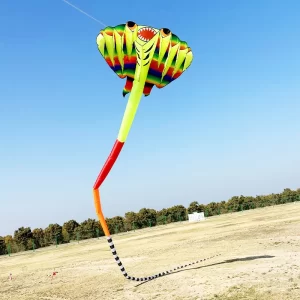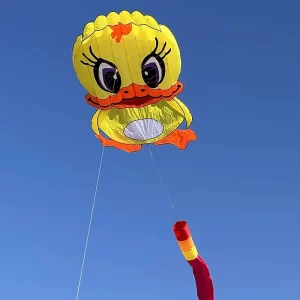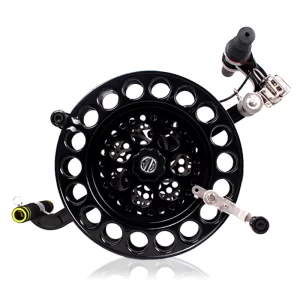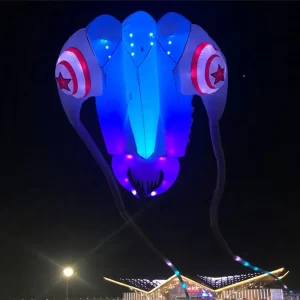
Welcome to KiteUSA, your ultimate destination for everything kite-related! Whether you’re a complete novice or looking to refine your skills, flying a kite is a fun, engaging, and rewarding activity. Here’s a comprehensive guide to help you get started with the basics of flying a kite.
Before you head out to the park or beach, it’s essential to select a kite that’s suitable for beginners.
There are various types of kites, but the most beginner-friendly are:
Choosing the right kite for your flying style is essential for an enjoyable and successful kite-flying experience. At KiteUSA.com, we offer a diverse range of kites to suit every flyer, from beginners to seasoned enthusiasts. For those who love a relaxing day at the park, a traditional diamond kite or a delta kite provides easy handling and stability in light to moderate winds.
If you’re into more adventurous flying, stunt kites and parafoil kites offer thrilling maneuverability and are perfect for showing off your skills. For the little ones, we have a delightful selection of colorful and easy-to-fly kites that ensure safe and fun-filled outings. No matter your preference, our expert team is here to help you find the perfect kite to match your style and make your kite-flying dreams take flight.
The success of your kite-flying adventure largely depends on the wind. Here are some tips for finding the right wind conditions:
Understanding and choosing the right wind conditions can make all the difference between a delightful experience and a frustrating one. Whether you’re a beginner or an experienced flyer, recognizing the appropriate wind speed for your kite and skill level is crucial.
For beginners, a light breeze with wind speeds ranging from 4 to 10 mph is ideal. Most simple kites, such as diamond or delta kites, will fly well in this range. These conditions provide enough lift to get the kite airborne without overwhelming the flyer, making it easier to control and enjoy the experience.
Moderate winds, between 10 and 20 mph, are suitable for more experienced flyers and larger kites. This wind speed provides more lift and allows for more dynamic flying, enabling skilled flyers to perform tricks and maneuvers. However, it’s essential to ensure that your kite is designed to handle these stronger winds to prevent damage or loss of control.
Strong winds exceeding 20 mph are best avoided by beginners. These conditions can be challenging to manage, as the increased force can make the kite difficult to control and more prone to crashing. For safety and a more enjoyable experience, it’s advisable to wait for calmer conditions if you’re not yet confident in handling strong winds.
To determine the wind conditions, you can check local weather forecasts, which often include wind speed information. Alternatively, using a handheld anemometer can provide a more precise measurement, allowing you to assess the suitability of the conditions before you begin your kite-flying adventure. By understanding and respecting the wind, you can ensure a fun and successful outing every time.
Selecting a suitable location is crucial for an enjoyable kite-flying experience. Look for:
Once your kite is in the air, here are some tips to keep it flying smoothly:
Flying a kite is a timeless pastime that brings joy to people of all ages. With the right kite, suitable wind conditions, and a bit of practice, you’ll be soaring high in no time. Visit KiteUSA.com for a wide selection of kites and accessories to start your kite-flying journey today. Happy flying







